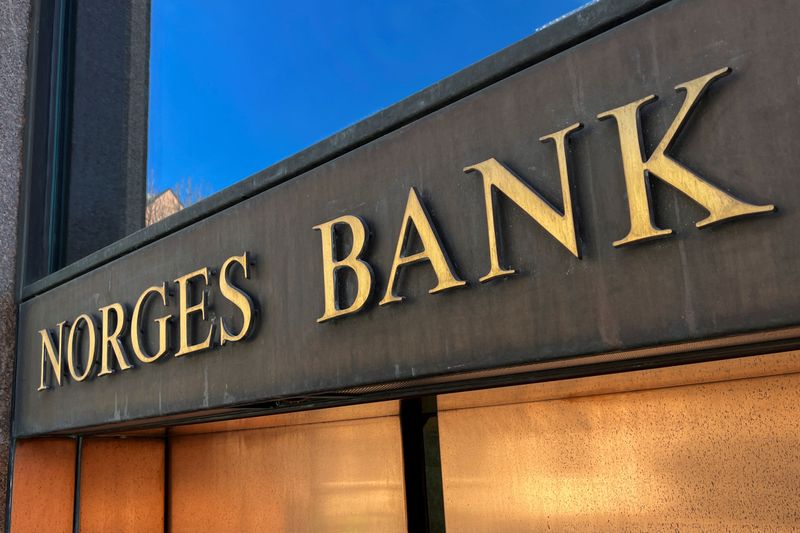Who is Kevin Hassett? Wolfe looks at the Trump ally tipped to become Fed Chair.
OSLO (Reuters) -Norway's central bank kept interest rates on hold at 4.50% on Friday, as unanimously expected by analysts, and said a tight monetary policy stance may be needed for somewhat longer than planned to curb inflation.
The central bank said in March that it could start cutting rates in September from the current 16-year high.
The Norwegian crown strengthened to 11.74 against the euro at 0901 GMT, from 11.77 just before the announcement.
There was no new forecast released on Friday. The next policy prediction is due on June 20.
Weakness in the Norwegian currency, coupled with signs of renewed inflation abroad, had led some analysts in recent weeks to predict Norges Bank may eventually postpone its planned cut.
"The data so far could suggest that a tight monetary policy stance may be needed for somewhat longer than previously envisaged," Norges Bank said in a statement.
The policy committee reiterated that the current policy rate of 4.5% was sufficiently high to return inflation to target within a reasonable time horizon.
The central bank statement pointed to a stronger economy, high wage growth and currency weakness, Sparebank 1 Chief Economist Elisabeth Holvik said.
"In other words, there probably won't be any rate cut this year," Holvik said in a note to clients.
Since its previous policy announcement in March, inflation has been slightly lower than projected while economic activity and wage growth appear to be slightly higher, Norges Bank said.
"At the same time, interest rate expectations abroad have risen and the crown is somewhat weaker than assumed," it added.
Norway's core inflation rate stood at 4.5% year-on-year in March, a 20-month low, down from a record 7.0% last June but still exceeding the central bank's goal of 2.0%.
The U.S. Federal Reserve said on Thursday it would take longer than expected to drive down inflation, which in turn could delay its planned rate cuts.
The European Central Bank is expected to cut rates in June, according to a recent Reuters poll, and then twice more later this year, but this was less than analysts had earlier forecast.
